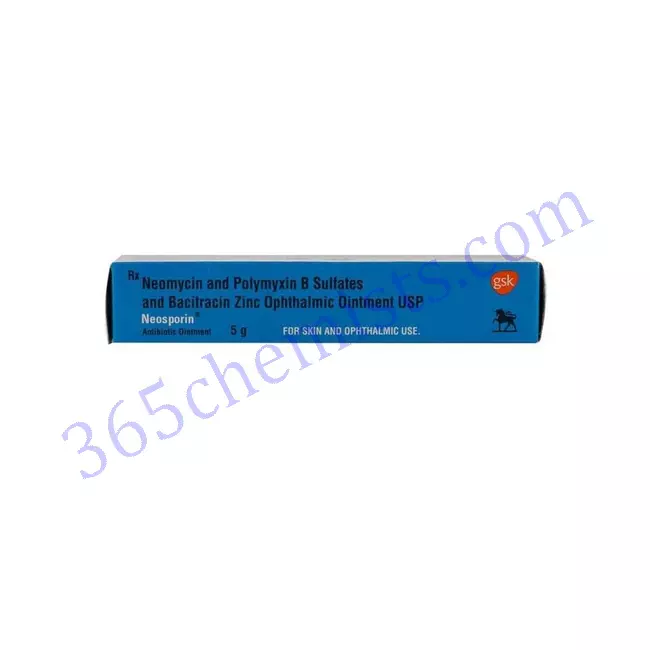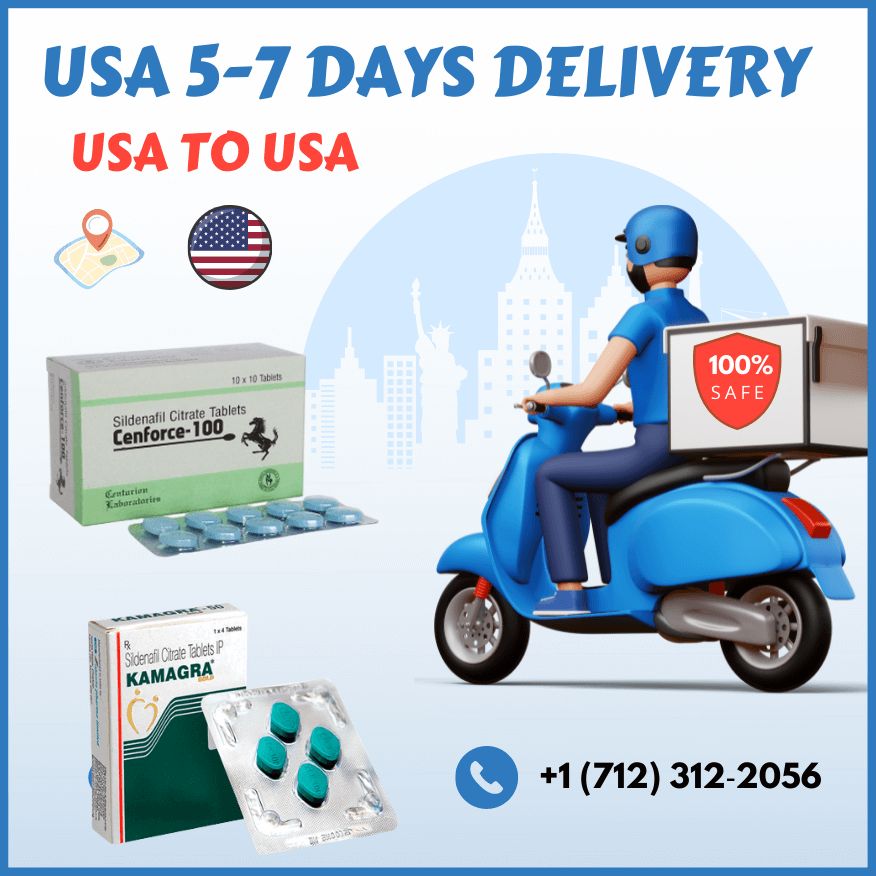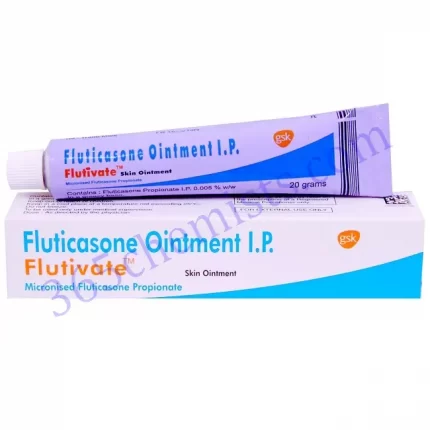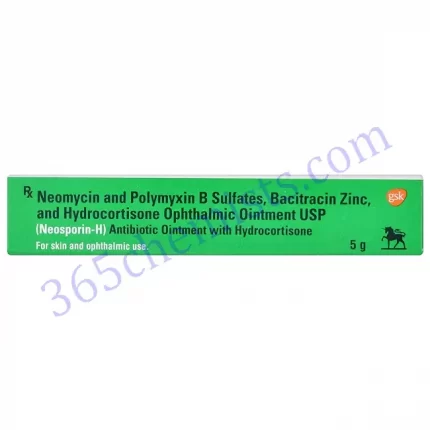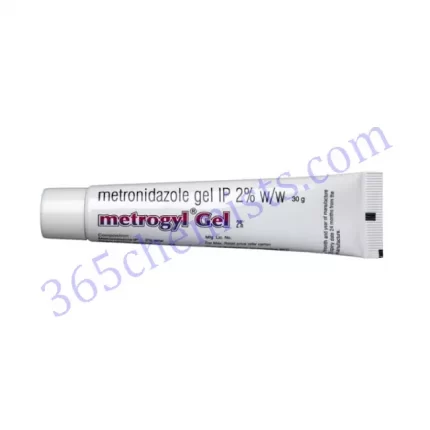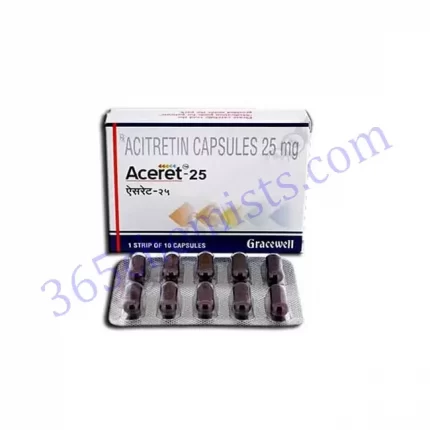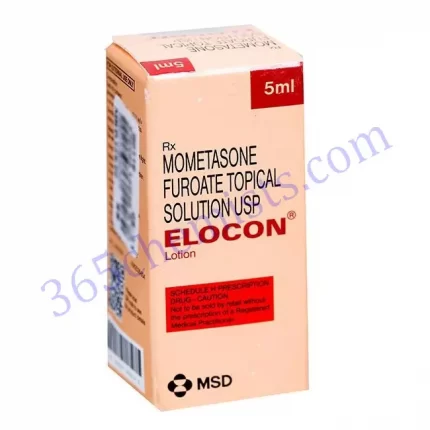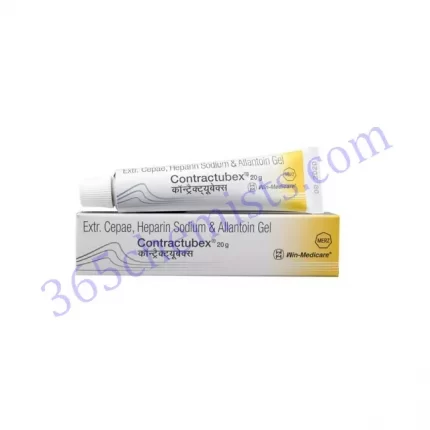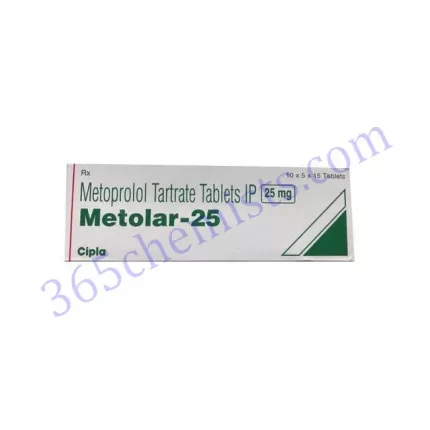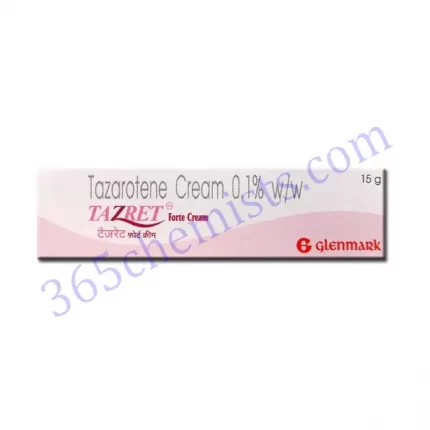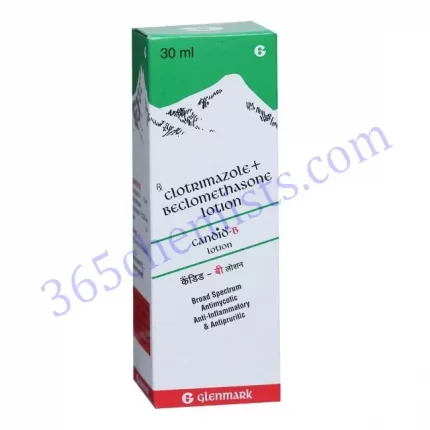Introduction
Topical medications like Neosporin Ointment are frequently used to treat mild skin infections. It has two active components that together fight bacteria and accelerate healing: bacitracin and neomycin. Due to its efficiency and safety, this ointment is sold over the counter and is frequently used.
Mechanism of Action
Neosporin Ointment’s combination of bacitracin and neomycin offers a dual mechanism of action to fight bacterial infections. A peptide antibiotic called bacitracin prevents the manufacture of bacterial cell walls, which stops the growth and spread of bacteria. In contrast, the aminoglycoside antibiotic neomycin prevents bacteria from synthesising proteins. Together, these components work to eliminate the infection and encourage healing by attacking a variety of bacteria, including gram-positive and gram-negative organisms.
Uses
Neosporin Ointment is typically applied to cuts, scrapes, and burns to treat minor skin infections. It lessens the danger of infection and supports the body’s natural healing process by preventing the growth of bacteria in the wounded area. After the afflicted region has been cleaned and disinfected appropriately, the ointment can be applied topically.
Directions for Use
Follow these instructions to use Neosporin Ointment effectively:
- With gentle soap and water, carefully clean the afflicted area.
- Dry the area with a clean towel while being gentle.
- To the afflicted area, apply a tiny dose of Neosporin Ointment.
- Till the cream is fully absorbed, gently massage the ointment into the skin.
- If required, wrap the region in a sterile bandage.
It is crucial to adhere to these instructions and seek medical advice if the illness does not get better within a few days or gets worse.3
Related Product
Neosporin Ointment
Neosporin Skin Ointment
Neosporin H Ointment
Precautions
To guarantee the safe and successful use of Neosporin Ointment, it is crucial to take the following precautions before using it:
- Information Regarding Allergies: Prevent using Ointment if you are known to be allergic to bacitracin, neomycin, or any other component. For a complete list of ingredients, refer to the product label or speak with a healthcare provider.
- Avoid Eye Contact: Neosporin Ointment should only be applied externally. Keep the cream out of your lips, nose, eyes, and other mucous membranes. In the event of accidental contact, thoroughly rinse with water.
- Neosporin Ointment is appropriate for small cuts, scratches, and burns but should not be used on deep or puncture wounds. It should not be applied to severe or puncture wounds, though. Consult a medical expert for the best course of action if you have a severe injury.
- Consult a Healthcare expert: If the symptoms persist, get worse, or indicate an infection after using Neosporin Ointment, get further assessment and advice from a healthcare expert.
- Use During Pregnancy and Breastfeeding: Before using Neosporin Ointment to determine its safety for you and your baby, speak with a healthcare practitioner if you are pregnant, expecting to become pregnant, or breastfeeding.
Side Effects
Neosporin Ointment side effects are rare, although they can happen to some people. These negative impacts could consist of:
- Redness, itching, swelling, or rashes at the application site are symptoms of skin irritability or allergic responses.
- Skin reaction caused by contact dermatitis, which can be localised.
Neosporin Ointment should not be used if you suffer any unusual or persistent side effects. Instead, stop taking it and get medical help.
How to Use Neosporin Ointment
Follow these guidelines to apply Neosporin Ointment correctly and effectively:
- Clean the afflicted Area: Use mild soap and water to wash the afflicted area before applying the ointment. It should be gently dried with a clean cloth.
- Apply a Light Coat: Place a tiny amount of Neosporin Ointment on a sterile applicator or a clean fingertip. The ointment should be directly applied to the affected area in a thin layer.
- Cover if Required: To protect the area from dirt and bacteria, cover it with a sterile bandage or dressing if you choose to do so or if a healthcare practitioner advises you to do so. This may also aid in keeping the cream in place.
- Apply Neosporin Ointment as directed, repeating as necessary depending on the severity of the wound and the advice of a medical practitioner. Observe the directions on the product’s label or those given by your healthcare provider.
- Wash Your Hands: To get rid of any leftover ointment, wash your hands carefully afterward.
- Monitor the Healing Process: Keep an eye out for any signs of infection, such as swelling, discomfort, redness, or discharge, in the affected area. For further assessment and advice, speak with a healthcare practitioner if the symptoms intensify or do not get better within a few days.
Storage Information
Neosporin Ointment must be stored properly to ensure its purity and efficacy:
- The ointment should be kept in its original container and kept at room temperature away from extreme heat, moisture, and sunshine.
- After each usage, make sure the cap is properly fastened to prevent contamination and the ointment from drying out.
- Keep pets and children away from Neosporin Ointment.
Precautions and Safety Information
It’s crucial to be aware of the following safety advice before applying Neosporin Ointment:
- Allergic Reactions: Some people may be allergic or hypersensitive to the components of Neosporin Ointment. Use should be stopped right once if you exhibit any symptoms of an allergic response, including rash, itching, swelling, or trouble breathing.
- Neosporin Ointment must only be applied externally; avoid contact with the eyes and mouth. Keep the ointment out of your mouth, eyes, and other mucous membranes. In the event of accidental contact, thoroughly rinse with water.
- Neosporin Ointment is intended for the treatment of small cuts, scratches, and burns; it should not be used on deep or puncture wounds. On deep or puncture wounds, it shouldn’t be applied. Consult a medical expert for the best course of action if your injury is more serious.
- Consult a Medical Professional: If the condition does not improve or gets worse after using Neosporin Ointment for a few days, or if you have any worries or queries about using it, consult a medical expert.
- Use During Pregnancy and Breastfeeding: If you are pregnant, expecting to become pregnant, or breastfeeding, it is best to speak with a healthcare provider before using Neosporin Ointment.
- Interactions with Other Medications: Let your doctor know if you’re taking any prescription, over-the-counter, or herbal medicines because they can affect how Neosporin Ointment works.
- Keep Out of Children’s Reach: Keep Neosporin Ointment in a secure location where children cannot access. The ointment can be dangerous if consumed.
Conclusion
Bacitracin and neomycin, the main components in Neosporin Ointment, are an efficient treatment for small skin infections. You can use Neosporin Ointment to stop infections and speed up the healing process safely and effectively by following the usage instructions and adopting the appropriate safety measures. Consult a healthcare practitioner for more information if you have any worries or unpleasant reactions. For the best possible wound healing and the management of mild skin infections, Neosporin Ointment is a recommended choice.

